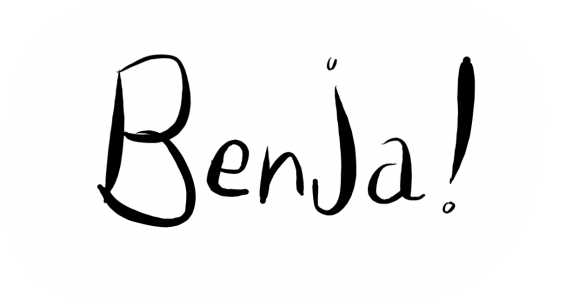I’m in my last semester now, and that means I’m taking the final segment in RIT’s robotics course progression. The project for this course requires me to focus more on higher-level control of robotic systems, such as image processing, path planning, and communication between various levels of controllers. Which I’m ok with, as my project from last semester (which mostly focused on hardware development) is currently stalled, due to bugs with the PCB. I have the option to continue developing that, but board development is a massive time sink, which is something I won’t be able to do this semester.
A while ago, I turned the 3d printer at home into a Drawing machine by attaching a Pen Mount to the extruder gantry. It produced some pretty impressive drawings, Which I created by making an .STL from an image, scaling it to be one layer high, and messing with the z hop settings and infill to get the pen to lift up between sections. The results were messy, but very satisfying, and I told myself I’d try to make a dedicated machine for drawing in the future.

The concept of a drawing machine predates 3D printers, and even predates the 2D inkjet printer! The concept behind these machines was originally developed by HP in the early 1970s, for use in drafting technical drawings. Their precision far surpassed printers of the time, which could only produce single characters, line by line. They have been a common project topic for hobbyists and students for many years, and there exist a large number of off-the-shelf products and mechanical designs. There are many different types of software available, and the process of controlling the axes of the machine is well-documented.
So why do this? What’s left to innovate?
That’s something that I’m still figuring out. I have a few concepts for improving upon what I think is the standard design for these. I hope to rough them out a bit further before sharing them, And prevent myself from biting off more than I can chew.
